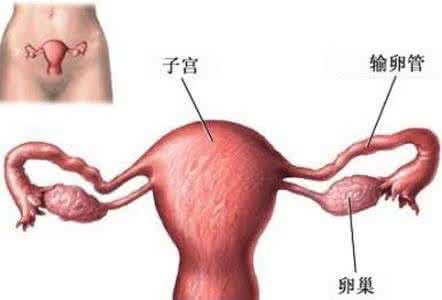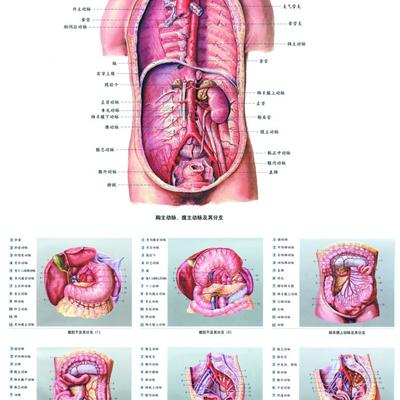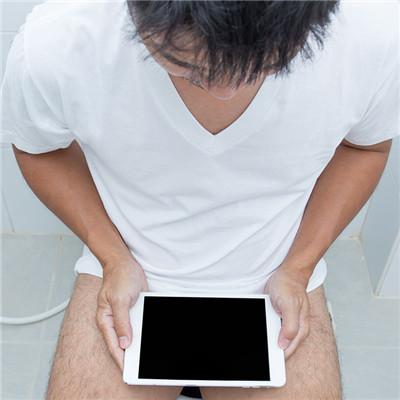What symptom does amblyopia have?
summary
Amblyopia is a common eye disease in children. It is called amblyopia if there is no organic disease inside and outside the eyes and the corrected vision is not normal. Amblyopia is closely related to strabismus. Monocular deviation can cause amblyopia, and amblyopia can form strabismus. What are the symptoms of amblyopia. Let's talk about it.
What symptom does amblyopia have?
The vast majority of patients with light perception can see the visual acuity chart through the dark glass, and their visual acuity will decrease a few lines correspondingly, but some amblyopic eyes are not. They can see the same line of visual acuity chart with or without the dark glass in front of amblyopic eyes, and sometimes their visual acuity can even be slightly improved. In dim and weak light, the visual acuity of amblyopic eyes does not change much,
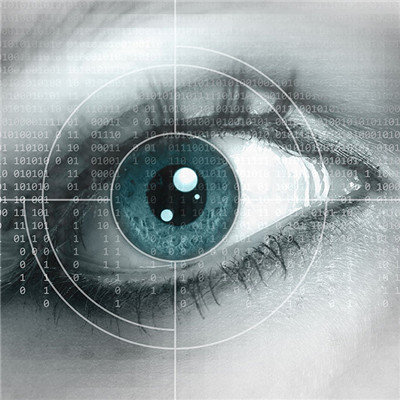
There were two manifestations of contrast sensitivity in strabismus amblyopia patients. In the first group, only high spatial frequency was lower, while in the second group, both high and low spatial frequency were lower; Therefore, strabismus amblyopia can be further divided into high spatial frequency abnormal type and full spatial frequency abnormal type
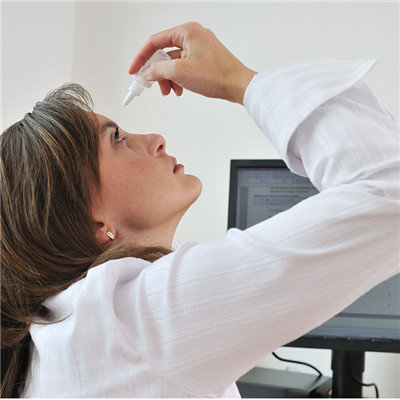
One of the symptoms of amblyopia is that the recognition ability of a single font is much higher than that of the same size but arranged in rows. This phenomenon is called crowding phenomenon. Amblyopia children's vision of a single word may be normal or close to normal. Only by using the words arranged in rows for physical examination can they find amblyopia, Therefore, the results of single font can not reflect the real situation of amblyopia.
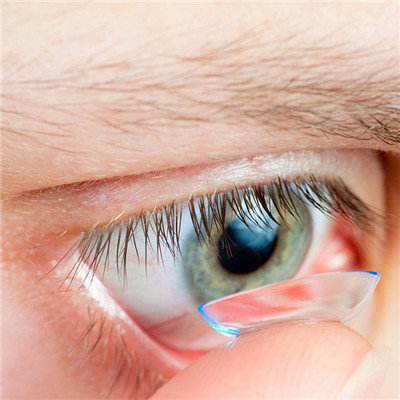
matters needing attention
Fixation amblyopia patients have two different fixation properties, namely central fixation and paracentral fixation. The healthy eyes can be covered by a projection mirror, so that the patients can directly look at the black star in the projection mirror with amblyopia eyes. The examiners can see whether the black star in the projection mirror is just located on the fovea of the affected eye, and those who use fovea fixation are called central fixation, When the retina around the fovea is used for fixation, it is called paracentric fixation
